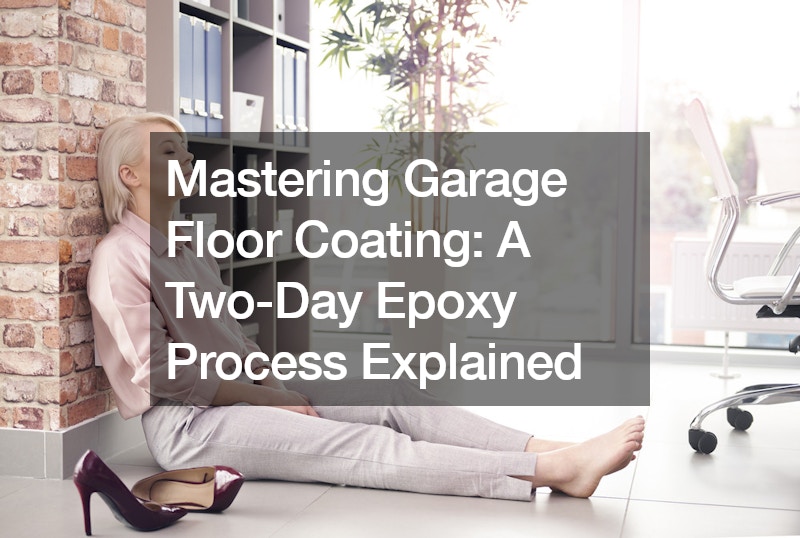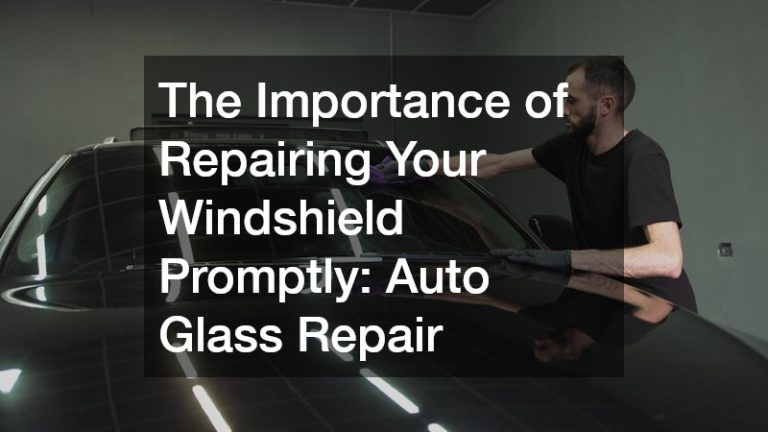Garage floors endure a lot of wear and tear, from vehicle traffic to spills and stains. Garage floor coating is a durable and aesthetically pleasing solution to protect and enhance garage floors. Among the various options available, epoxy coating stands out for its durability, longevity, and ability to withstand heavy use. In this article, we’ll delve into the two-day epoxy process for garage floor coating, explaining each step in detail.
Day One: Preparation and Application
The first step in the garage floor coating process is thorough preparation. This involves grinding the concrete surface to create a clean, textured surface for better adhesion. While not the most exciting part of the process, it’s crucial for ensuring the longevity of the coating. Additionally, any hairline cracks in the concrete are patched to prevent them from affecting the coating’s integrity.
Once the surface is prepped and cleaned, it’s time to apply the epoxy primer. Opting for a high-solids epoxy primer is essential for a long-lasting finish. Unlike DIY kits with low solids content, high-solids epoxy ensures that over 90% of the material stays on the floor, resulting in a more durable coating. This primer penetrates the concrete, creating a strong bond that enhances the longevity of the garage floor coating.
While some companies use polyurea primer for its fast-setting properties, we prefer the slower-setting epoxy primer for its ability to penetrate deeper into the concrete, resulting in a stronger bond. The extended set time also allows for more precise application, ensuring a high-quality finish.
Once the primer is applied, it’s time to broadcast vinyl chips onto the epoxy-coated surface. This step adds texture and visual appeal and improves traction and durability. By completely covering the epoxy with vinyl chips, we ensure the coating is protected from UV exposure, addressing a common concern about epoxy garage floor coatings.
Day Two: Clear Top Coat Application
On the second day of the garage floor coating process, the focus shifts to applying the clear top coat. Before applying the top coat, any excess vinyl chips must be cleaned up meticulously. This involves blowing, scraping, and vacuuming the floor to ensure a clean surface for the top coat application.
For the clear top coat, we prefer a polyaspartic coating for its UV stability and durability. Unlike clear epoxies that may turn yellow over time, polyaspartic coatings maintain clarity and integrity, ensuring a long-lasting finish. By eliminating the need for a separate clear epoxy layer, we streamline the process while enhancing the final result.
The slower set time of polyaspartic coatings allows for multiple rolls, ensuring an even and consistent application. This attention to detail results in a seamless finish that not only enhances the appearance of the garage floor but also improves its durability and longevity.
In conclusion, mastering garage floor coating involves meticulous preparation and the use of high-quality materials. By following a two-day epoxy process and opting for high-solids epoxy primer and polyaspartic top coat, homeowners can achieve a durable, long-lasting, and visually appealing garage floor coating that withstands the test of time. So, whether you want to protect your garage floor from daily wear and tear or enhance its aesthetic appeal, consider investing in professional garage floor coating services for lasting results.
.





